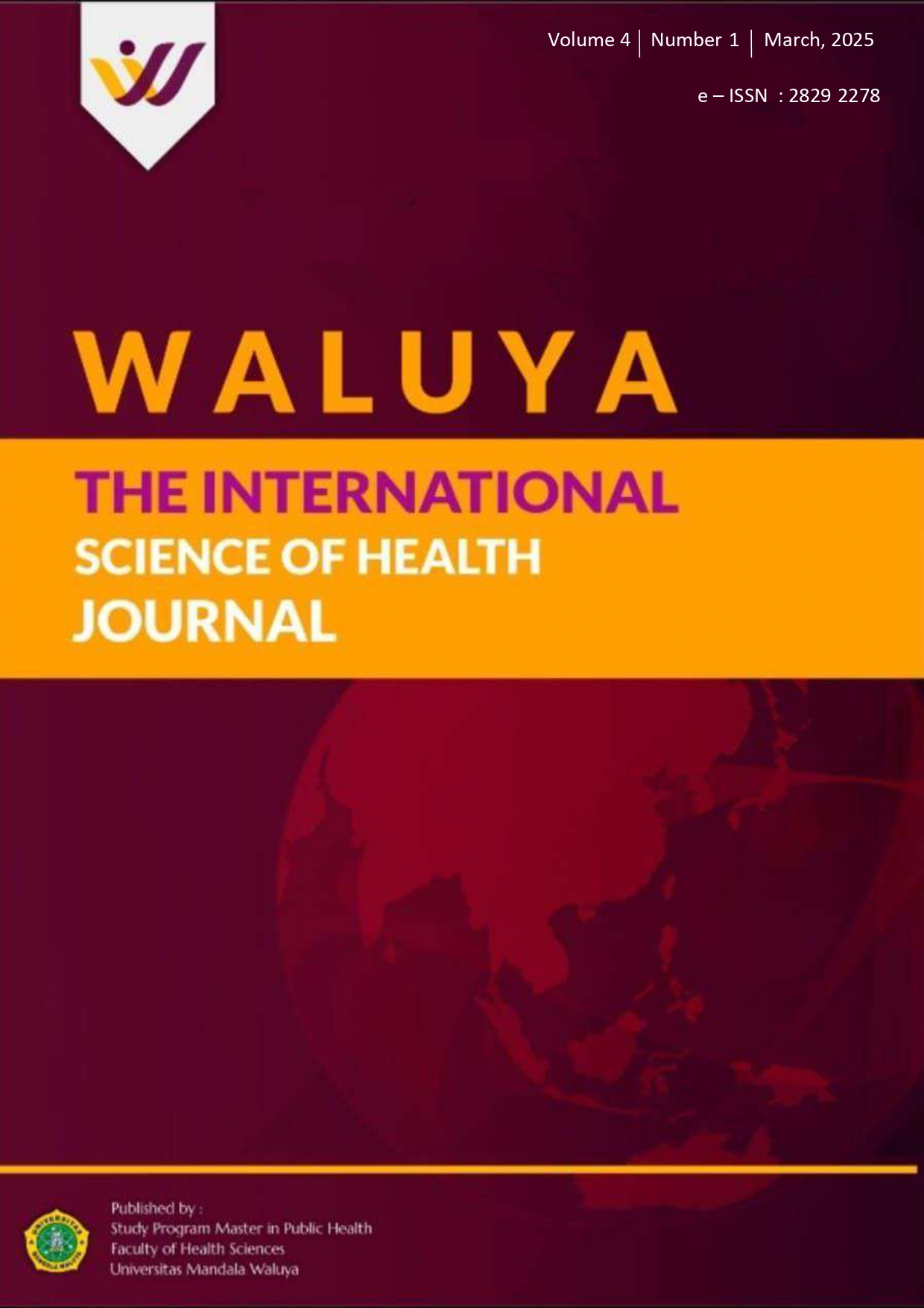Model of Controlling Stunting Risk Factors on Toddlers in the Working Area of Maginti Health Center, West Muna Regency
DOI:
https://doi.org/10.54883/enjf7196Keywords:
Stunting, MATCHAbstract
Introduction: The prevalence of stunting in West Muna Regency in 2021 was 29.1%, increased by 31.7% in 2022, and decreased by 24.3% in 2023. The causes of stunting are multidimensional, so comprehensive interventions are needed to reduce the incidence of stunting. The purpose of this study is to analyze the model of controlling stunting risk factors in toddlers in the working area of Maginti Health Center, West Muna Regency.
Method: Quantitative research uses a case-control study research design. The research population was 152 toddlers, and stunting cases were 41 toddlers. The number of samples was 74 respondents which were divided into 37 cases and 37 controls. Sampling of the study used Simple Random Sampling. The analysis used chi-square statistical tests and odds ratios, while the multivariate analysis used logistic regression analysis.
Result: Bivariate analysis obtained the OR value of maternal knowledge, hygiene practices, availability of healthy latrines, drinking water management, feeding practices, exclusive breastfeeding, complementary breastfeeding, history of diarrhea, and trust of more than 1, while the OR of health services included the number 1. Multivariate obtained values of fcount (76.189) > ftable (1.9846) with multivariate modeling results obtained complementary breastfeeding (OR 45,897).
Conclusion: The conclusion is that independent variables simultaneously affect the incidence of stunting in toddlers. The most influential variable is the provision of complementary breastfeeding. Controlling stunting risk factors with the Multilevel Approach to Community Health (MATCH) method is aimed at the mothers of toddlers, family support, organizations and communities, and health service levels and stakeholders.
Downloads
Published
Issue
Section
License
Copyright (c) 2025 Waluya The International Science of Health Journal

This work is licensed under a Creative Commons Attribution 4.0 International License.







